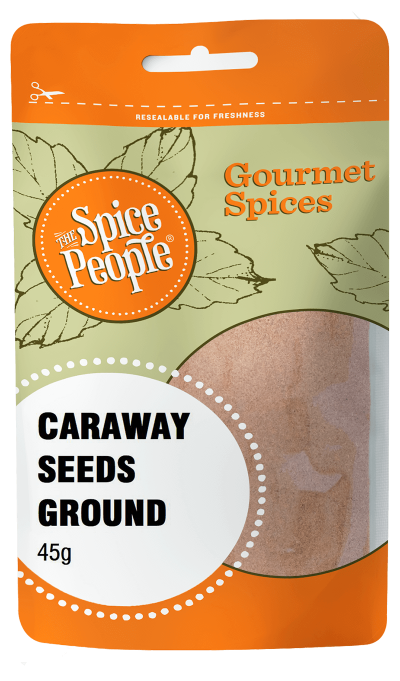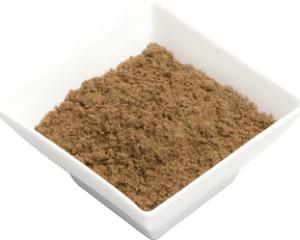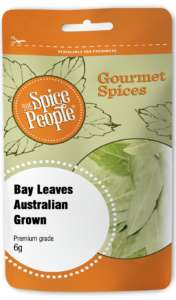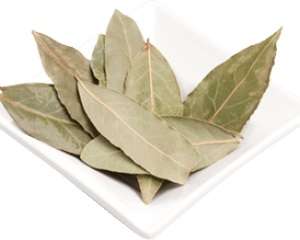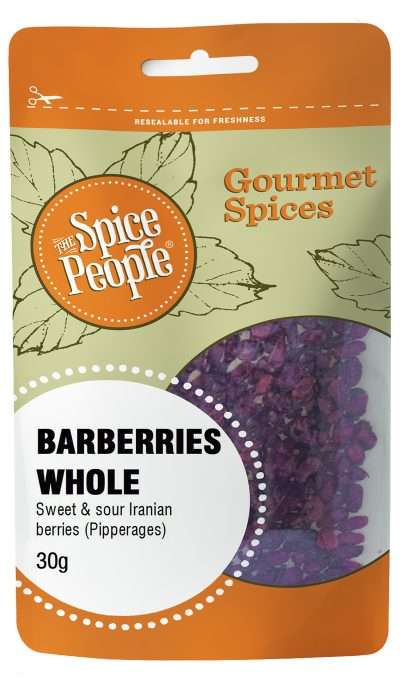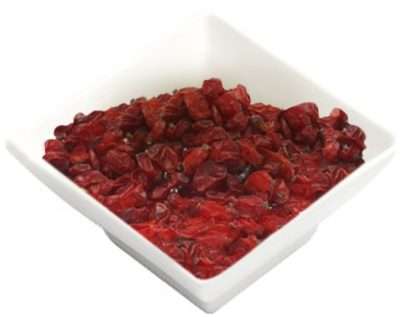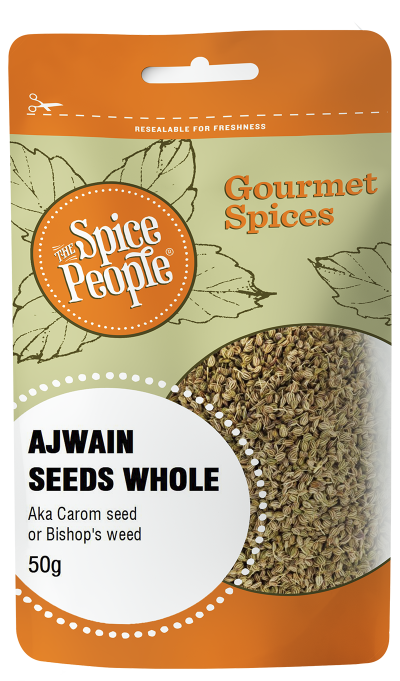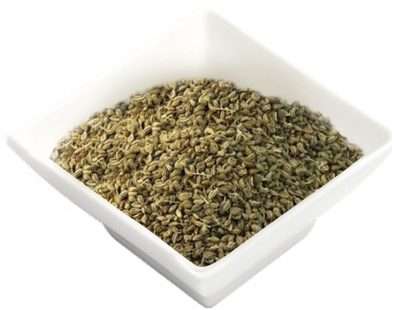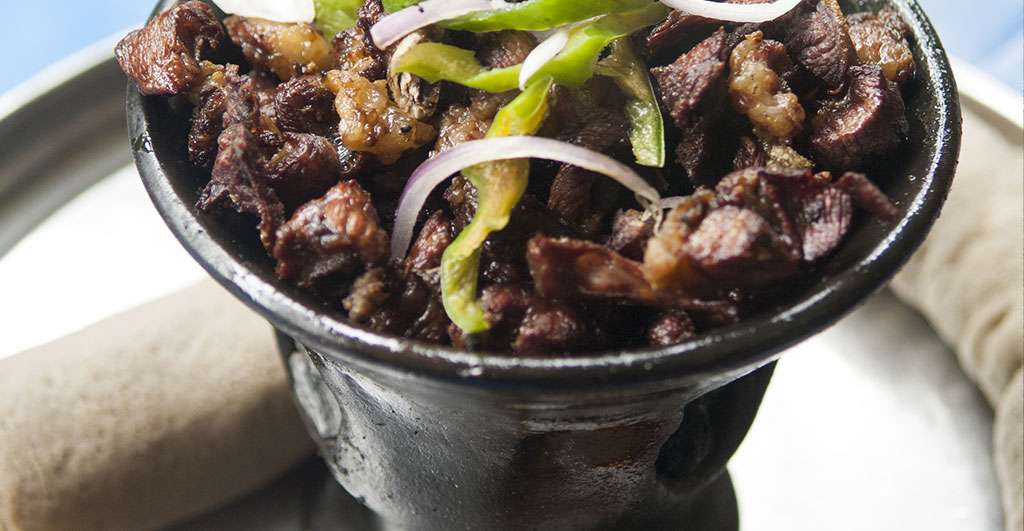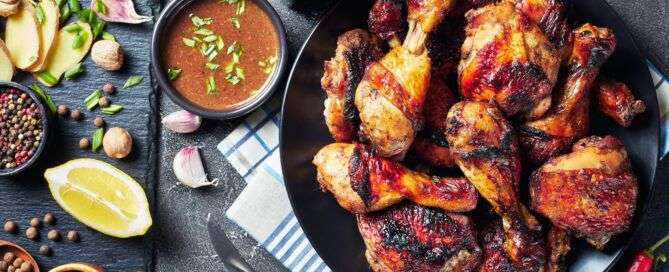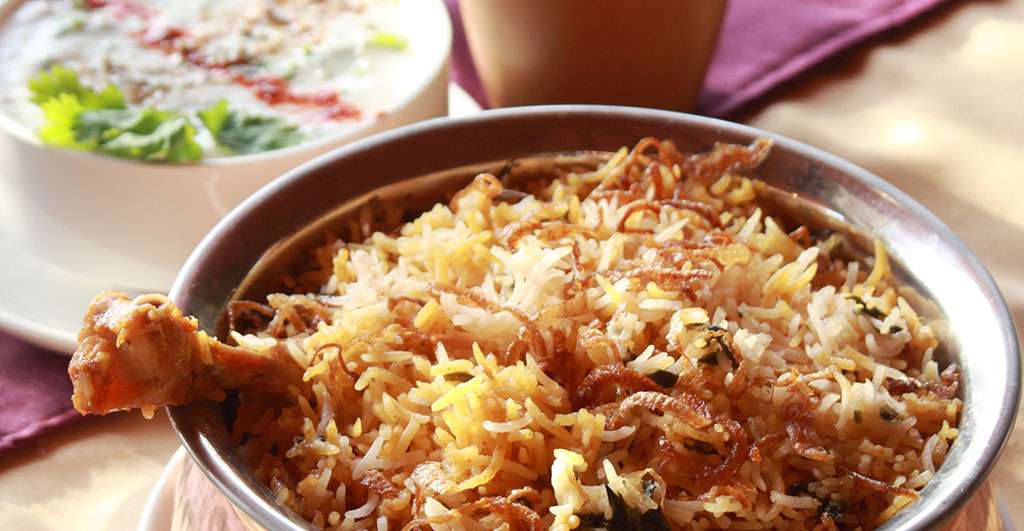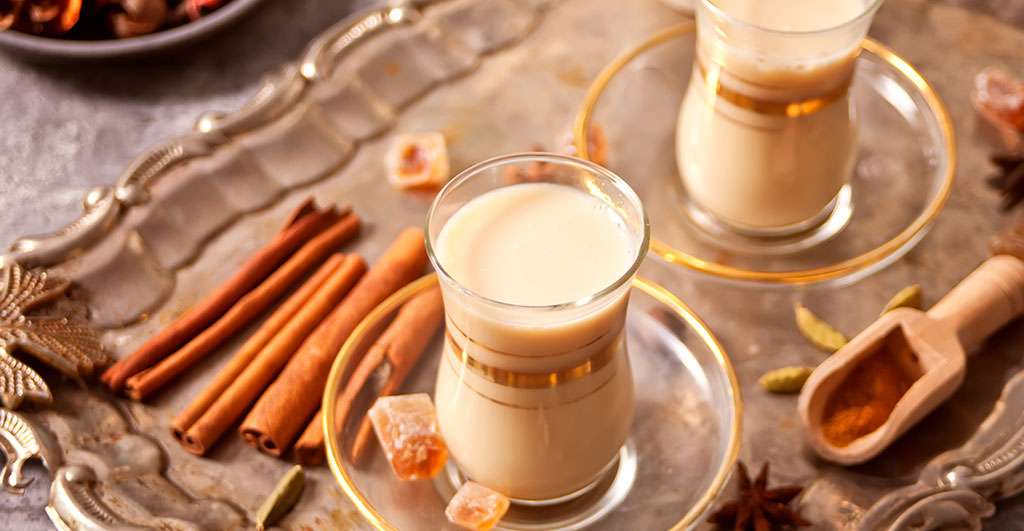Ethiopian Berbere flavours of the world-30g
75 in stock
Berbere is a bold and earthy rich red Ethiopian stew named for the classic spice blend bearing its name. Sweet and pungent with a hum of peppery heat, Berbere can be made with meat, poultry, or vegetables. Each packet has a recipe on the back of the packet or you can scan the Qr code and choose one of our other favourites! Servings: 8 Packet wt: 30g
Flavour Notes:
Berbere is a bold and earthy rich red Ethiopian stew named for the classic spice blend bearing its name. Sweet and pungent with a hum of peppery heat, Berbere can be made with meat, poultry or vegetables. Like anything drawing on intense spice profiles, cooking this low and slow will reward diners with a definitive Horn of Africa taste experience and mopping it and its juices with injera bread is a true culinary experience you can create at home.
Culinary Notes:
Vibrantly red in colour, Ethiopian Berbere is a staple blend of the cuisine, providing a backbone of flavour to many regional dishes with its delicate yet powerful combination of fenugreek, ginger and garlic, cinnamon and a piquant hit of chilli powder. The name ‘Berbere’ derives from the Ethiopian word Barbare meaning ‘hot’ which originally stems from the Ancient Ethiopian word for pepper ‘papare’. Use to make Ethiopia’s national dish ‘Wat’ (curry) or add a sprinkling to meat, vegetables or grains to add a fiery hit and warm red hue.
Health Benefits:
Our Berbere Blend is packed with Ginger for aiding in digestion, Garlic and Pepper for immune boosting, and Turmeric for its anti-inflammatory properties.
Ingredients:
paprika sweet, bell pepper, sea salt (4g), cayenne, cloves, cumin, pepper, garlic, cardamom, turmeric, ginger, fenugreek, coriander, allspice, cinnamon, nutmeg. Allergen advice: Packed in a facility that processes hazelnut, almond, and sesame
How to use

The Spice People FAQs


The Spice People FAQs

Other Spices you may like
Featured in



Join the Spice People to Get Started on Your Culinary Spice Journey!
Be the first to hear about our exclusive promotions, new product releases, recipes and more.








